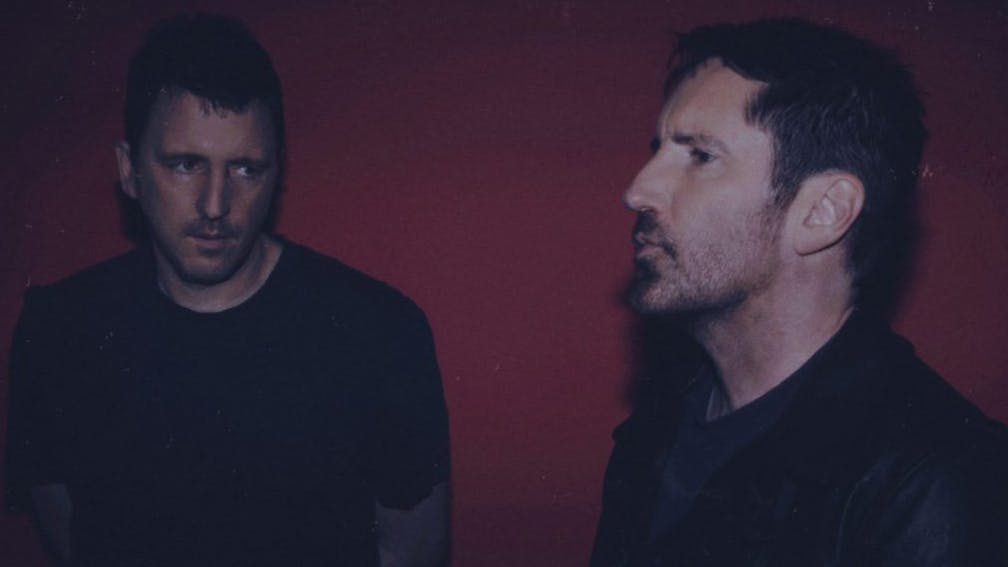The moment Michael Trent Reznor decided to pack in playing keyboards for Ohioan synth-pop outfit Exotic Birds and strike out alone was the moment industrial rock changed forever. Working as assistant engineer (and janitor) in Cleveland’s Right Track studio, he learned his way around the record-making process, and that he was capable himself of assembling virtually all the parts of the dark, troubled, irresistible vision that was Nine Inch Nails. Debut LP Pretty Hate Machine became one of the landmark electro-rock releases of the 1980s, but it was the 1990s output – 1992’s Broken EP, 1994’s seminal The Downward Spiral and wildly ambitious 1999 double-album The Fragile – that made them the force we know today.
Post-millennium, output has come in fits and bursts, with seven albums and two EPs (perhaps more aptly identified using NIN’s unique Halo chronology) painting the picture of an artist outmuscling his inner demons to challenge the broader societal status quo and further confound expectation. Oscar-winning film composition alongside Atticus Ross (NIN’s second mate as of 2016) alongside a host of other crossovers and collaborations have broadened Trent’s repertoire, but Nine Inch Nails remains his (and fans’) main focus.
With such a massive catalogue, here are 20 tracks for newcomers to get started with – and for the old guard to get wound up arguing over…
